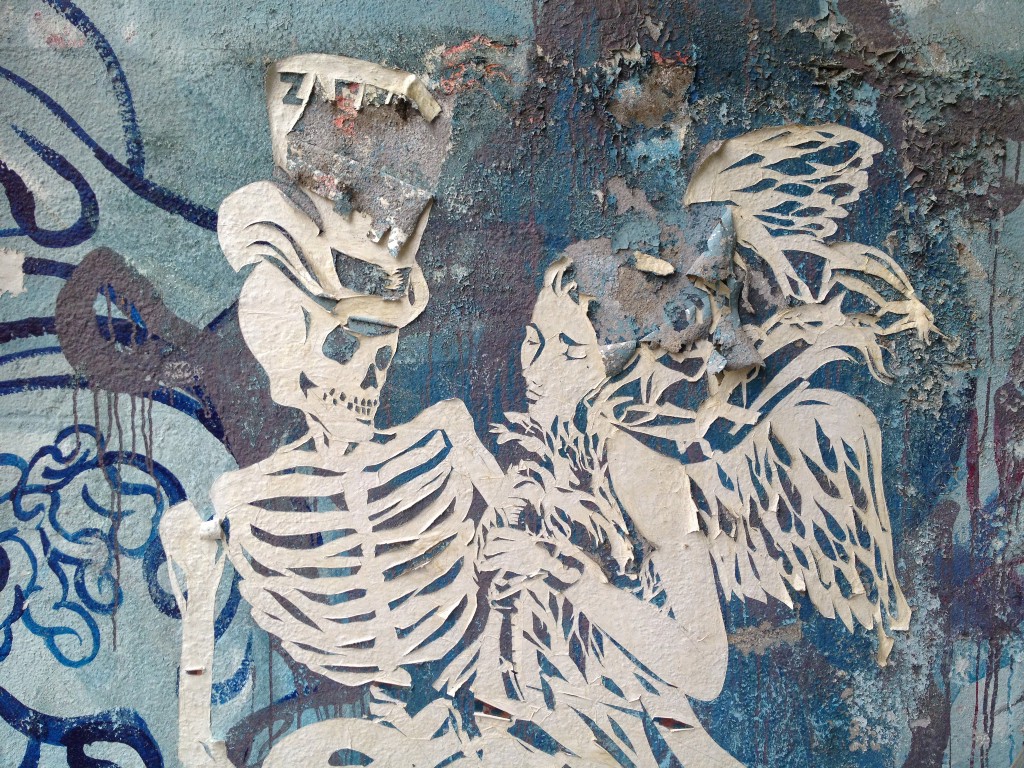What's Spookier Than Saint-Saëns's 'Danse Macabre'?
Classical Music Hour with Fran

Hello, Happy Thursday. Both an old Walgreens and an old Sports Authority in my neighborhood as well as an empty storefront next to a Walgreens near my work have transformed into HALLOWEEN SUPERSTORES. Halloween is extremely upon us, and this week I am bringing you the first of two spooky pieces of music: Camille Saint-Saëns’s Danse macabre in G minor, Op. 40.
Charles-Camille Saint-Saëns (to those asking: yes, it is a power move to have a hyphenated first and last name) was a French composer in the latter half of the nineteenth century. A contemporary of Dvořák, Brahms, and Tchaikovsky, Saint-Saëns was considered a deeply traditional composer. His work is rooted much more in the classical and romantic music that came before him and far less in impressionism and the modern classical music that took over the late nineteenth and early twentieth century. In fact, he walked out of the premiere of The Rite Of Spring in 1913 (which, okay, in fairness, this premiere led to one of the most notable classical music riots in history in which many audience members stormed out if not full on fought each other). Either way, I can’t stop laughing at this. It’s a very French thing to have done. He is often regarded as one of the most important French composers of all-time, and he’s certainly one of my favorite. There are a lot of weird and wild anecdotes about C-C S-S (this is the only time I will refer to him as such), many of which I will save for future columns.
As I started to research Danse macabre, I found myself down one of the better Wikipedia rabbit holes:
Saint-Saëns → Danse macabre → Dance of Death → The Devil in classical music (!!!!!!!) → Tritones
Did you know that tritones signify the Devil and Satan and evil spirits in music and that everyone just used to “know this” and “recognize this” and if you heard it in a piece you’d be like, “oh, right, the Devil”? You know this now, so when you listen to the start of Danse Macabre, you too will be able to say, “oh, right, the Devil.”
Danse Macabre is considered a tone poem, which is to say it tells a story or a fable through the music itself. Different instruments represent different characters — the violin is the Devil, the oboe is a crow, the xylophone is rattling bones. Danse Macabre is based on an old medieval allegory about the “dance of death” which was essentially a “dance” that everyone knew because everyone was going to die one day.
For something meant to be so audibly spooky, it’s also genuinely very campy. I mean, let’s be real: anything older than It Follows feels campy when it comes to horror. I mean, read the source text for Danse Macabre:
Zig, zig, zig, each one is frisking,
You can hear the cracking of the bones of the dancers.
A lustful couple sits on the moss
So as to taste long lost delights.
Zig zig, zig, Death continues
The unending scraping on his instrument.
A veil has fallen! The dancer is naked.
Her partner grasps her amorously.
Omg!!
As a percussionist, I’ve always been particularly drawn to pieces that use percussion outside of timpani. It’s not to say timpani are bad — they’re actually extremely cool and good — but using a variety of percussion instruments is a very modern thing to do. Danse Macabre has a whole bunch of percussion in it. Timpani, sure, but also bass drum, cymbals, triangle, and xylophone. A great fact: this is the first piece of Western classical music to use the xylophone. I love that. It’s a very good use of the xylophone. The xylophone is one of the coolest instruments of all time, second only to maybe the cello which is both big and graceful (see also: me).
Anyway, cue this piece up as you enter any HALLOWEEN SUPERSTORES and let the devil’s dance remind you that one day we’ll all be jaunty, horny skeletons dancing to Saint-Saëns in Hell!
Fran Hoepfner is a writer who used to be a musician, but not in an acoustic guitar sense, more in the the movie Whiplash sense. As kids her age discovered the popular music of the early ’00s , Fran spent 10–15 hours a week in private lessons for piano or playing timpani in several Chicagoland youth symphonies. Because of that, she didn’t discover pop music until 2008, and now her music library is almost exclusively classical. You should listen to more classical music, not for any self-important reason, but just because it’s more accessible than you think it is. Also it’s very good.
